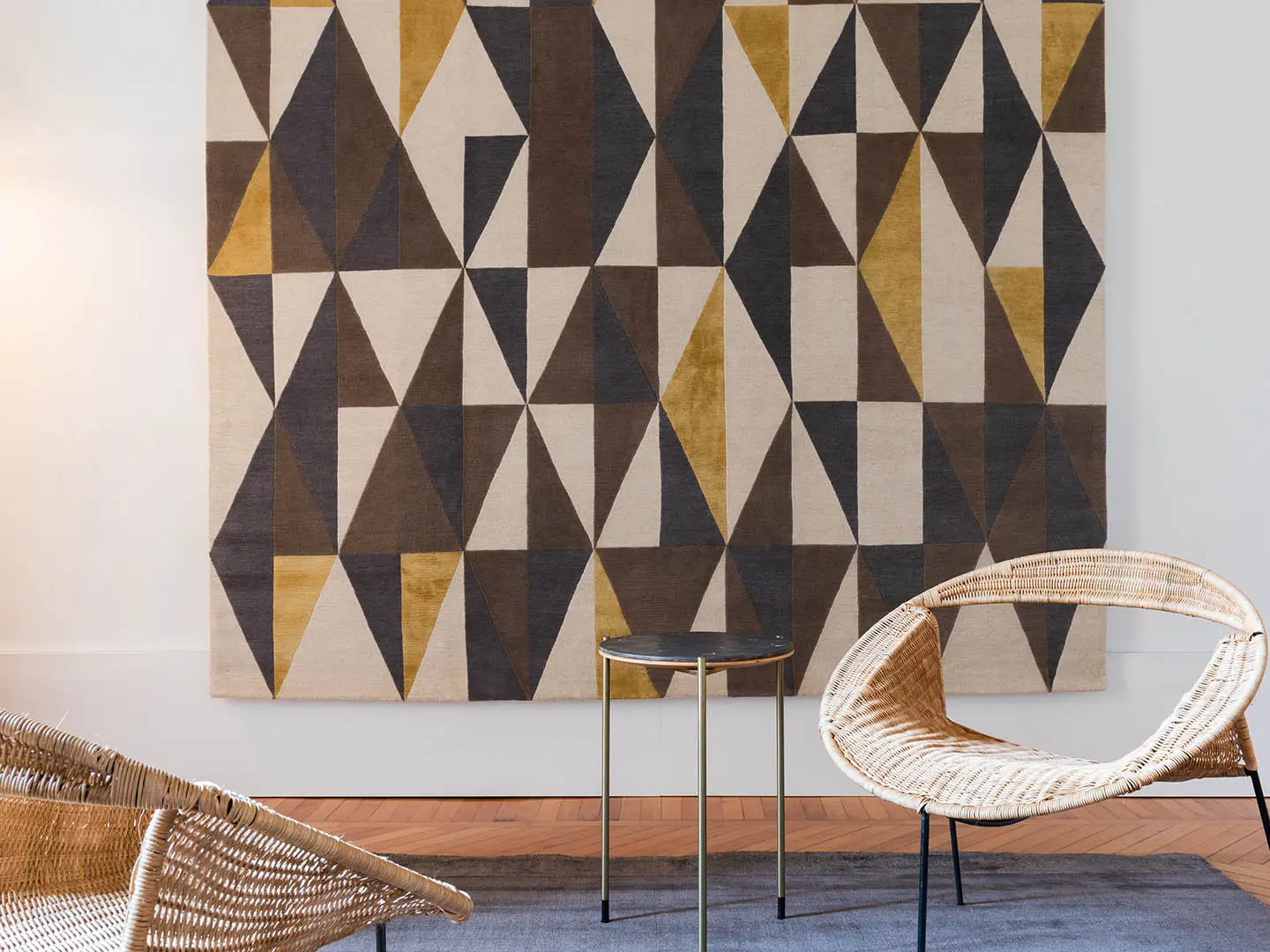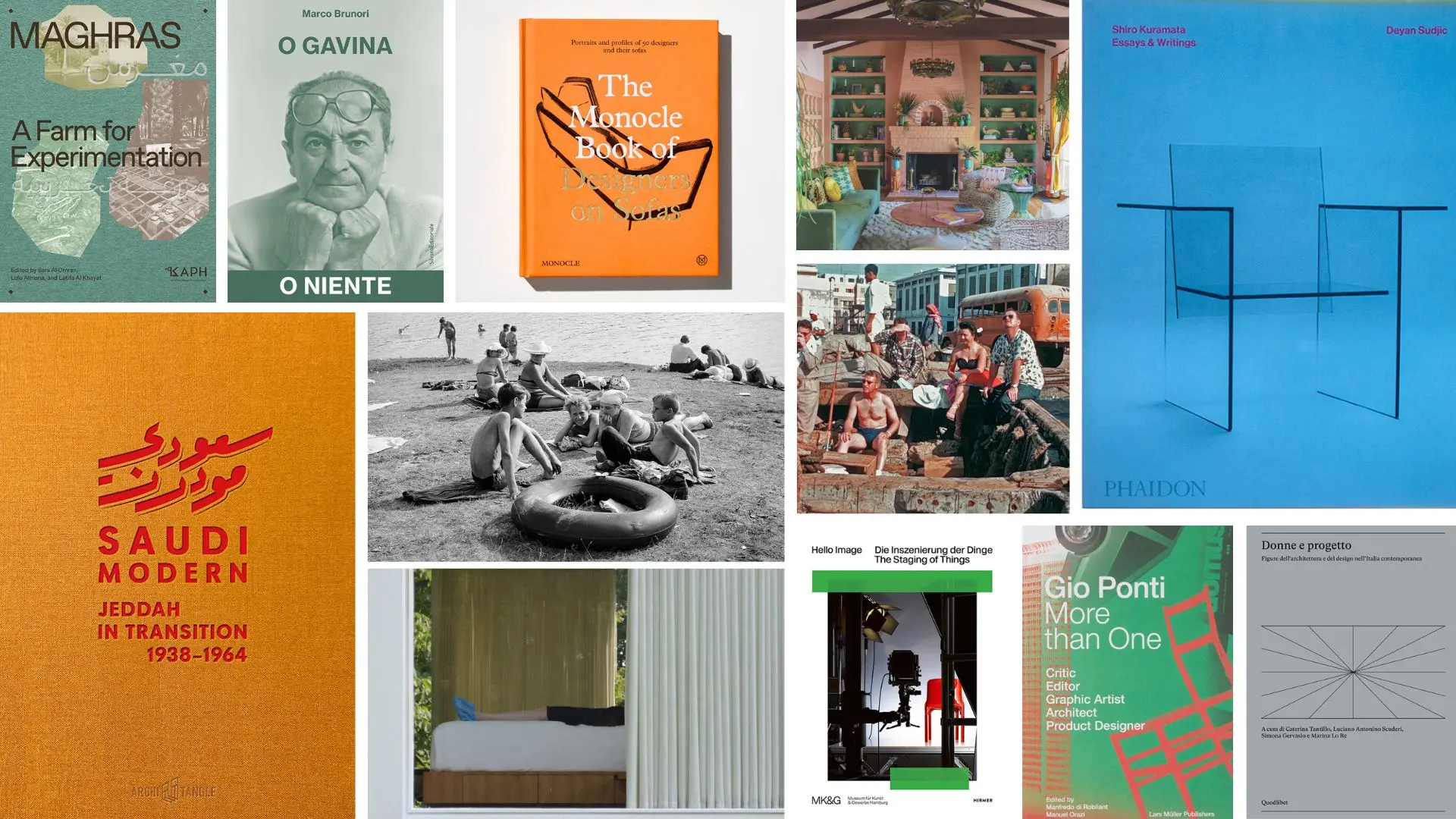From a reflection on humans to matter as meaning: the new Salone communication campaign explores the physical and symbolic origins of design, a visual narration made up of different perspectives, united by a common idea of transformation and genesis
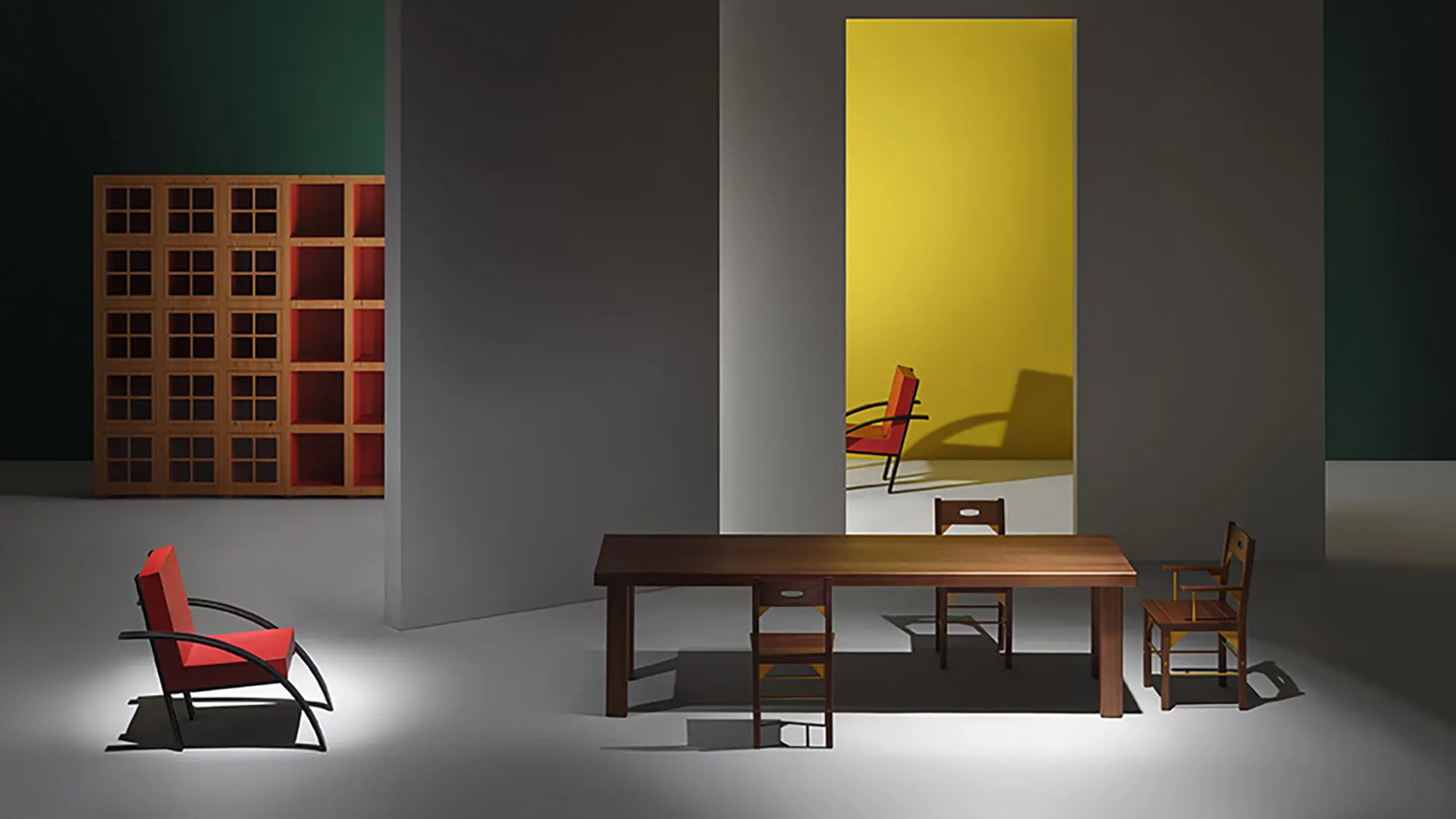
Unifor Museo, Ph Alberto Strada
Timeless design rediscovered by companies in their archives is informing a new wave of re-editions – and they often end up being the best-performing products on the market.
Sometimes they’re just waiting to be rediscovered. Furnishing pieces by the great 20th century designers, which have lain forgotten in company archives for a while, are fast becoming must-haves. They have a history, they have admirers and they also have a market. It goes without saying that many brands have opted to leverage their heritage, relaunching historic design as part of their key innovations. Naturally these pieces have to be sifted through, but their assembly also counts. Re-editions can be philological or revived with a contemporary accent, as regards the choice of colours and materials, for instance, thus bringing these icons in line with contemporary taste – and especially in terms of performance and current sustainability.
Lorenzo Butti, Art Director and founder of the Lake Como Design Festival, deliberately included a show devoted to the theme of re-editions at the last exhibition, in the enchanting and original setting of Palazzo Mantero. “For the last six years or so, companies have found that re-editing consolidated pieces is a more profitable process. It’s also a way of keeping the culture of twentieth-century Italian design, which represents a unique period, alive,” said Mr Butti.
They are objects rooted in the collective imagination if not in people’s lives, and thus channel a greater sense of identity and reassurance (not to be sniffed at times of crisis). They express values that time has failed to tarnish. As the late journalist Mario Missiroli pointed out, there’s nothing more unedited than the edited. Clearly, this also goes for furniture.
The following are some re-editions of pieces by great designers, plucked from the coffers of history.
The Pigreco chair by Tobia Scarpa
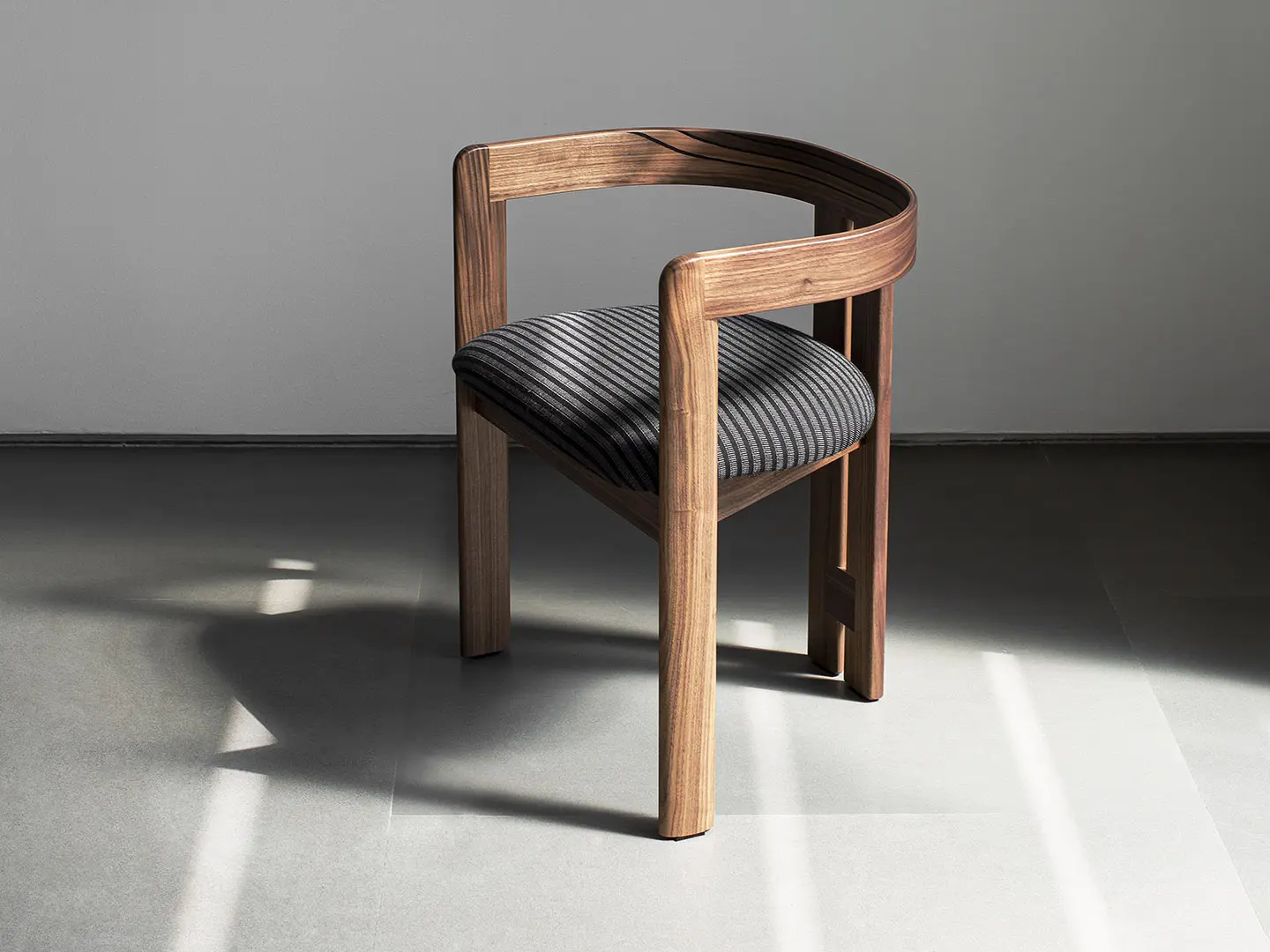
Tacchini Pigreco By Tobia Scarpa, Ph Silvia Rivoltella
Tobia Scarpa presented the Pigreco chair in 1959 as his degree project at the University of Venice. He was keen to confer a “sense of space” and dynamism to a naturally static object, and its fascination resides precisely in the structural solution: the two back legs set close together – which bring lightness without compromising stability – and the curvature resting on the load-bearing structure, in a perfect balance of solids and voids. It has now been reissued by Tacchini under the architect’s supervision because, as Giusi Tacchini, CEO and second-generation family entrepreneur says: “Taste evolves over time, but there are trends that draw on the immortality of certain lines.”
The Cartesio bookcase by Aldo Rossi
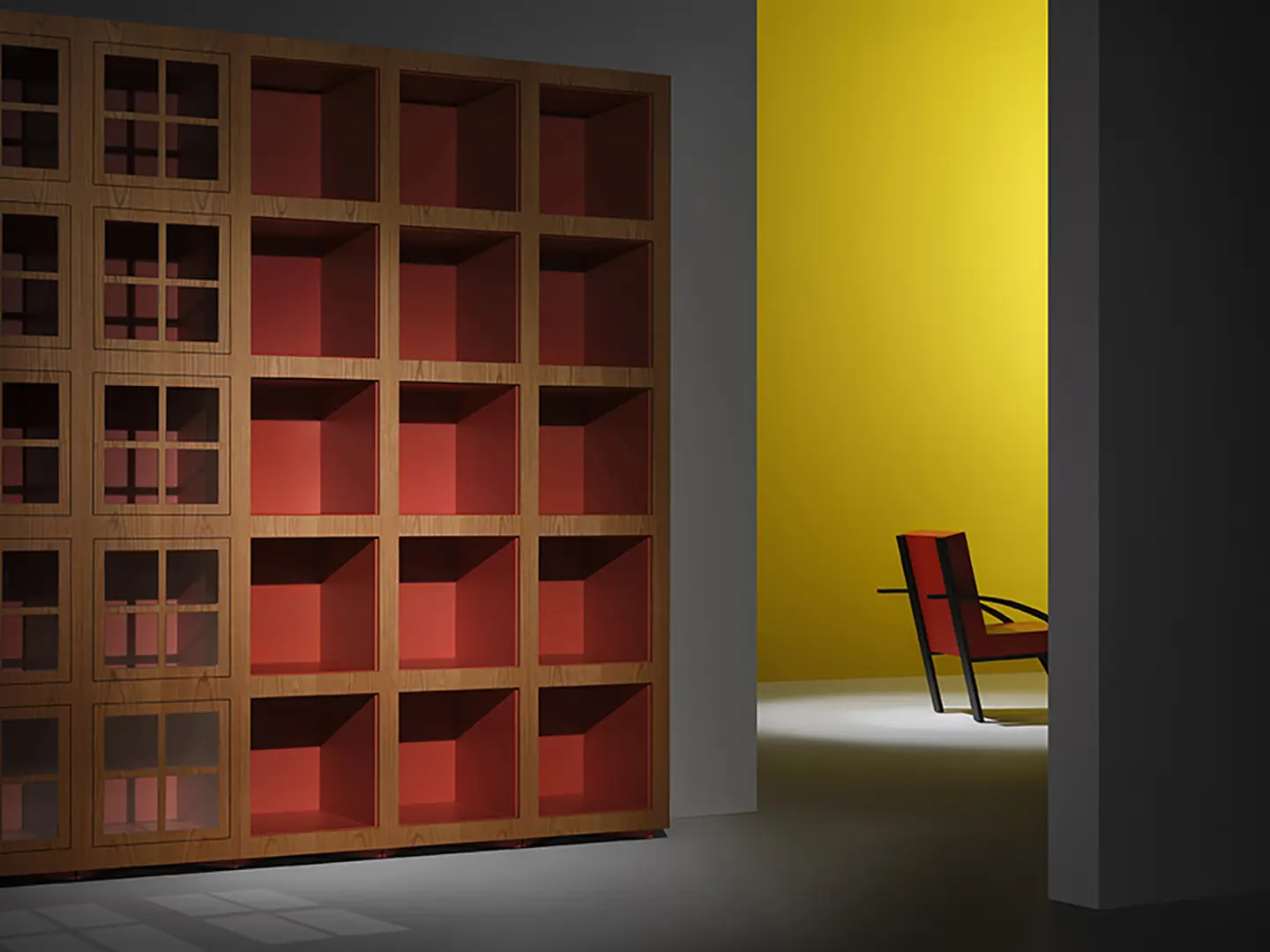
Unifor Cartesio by Aldo Rossi, Ph Alberto Strada
This is one of four pieces of furniture by Aldo Rossi, the first Italian to win the Pritzker Prize, brought back to light by UniFor, for the project ArchivioUniFor: a series of re-editions, under the creative direction of Studio Klass, taken from the historic archive and original designs of masters who collaborated with the company, which specialises in office furniture. There is a particular story behind the Cartesio bookcase, which was designed originally for the Bonnefanten Museum in Maastricht, conceived by the architect and inaugurated four years later on the east bank of the Meuse. The bookcase is a small distillation of Rossi’s hallmark approach, and draws on the typical style of his façades, articulated by square windows with a central cross.
The Storet chest of drawers by Nanda Vigo
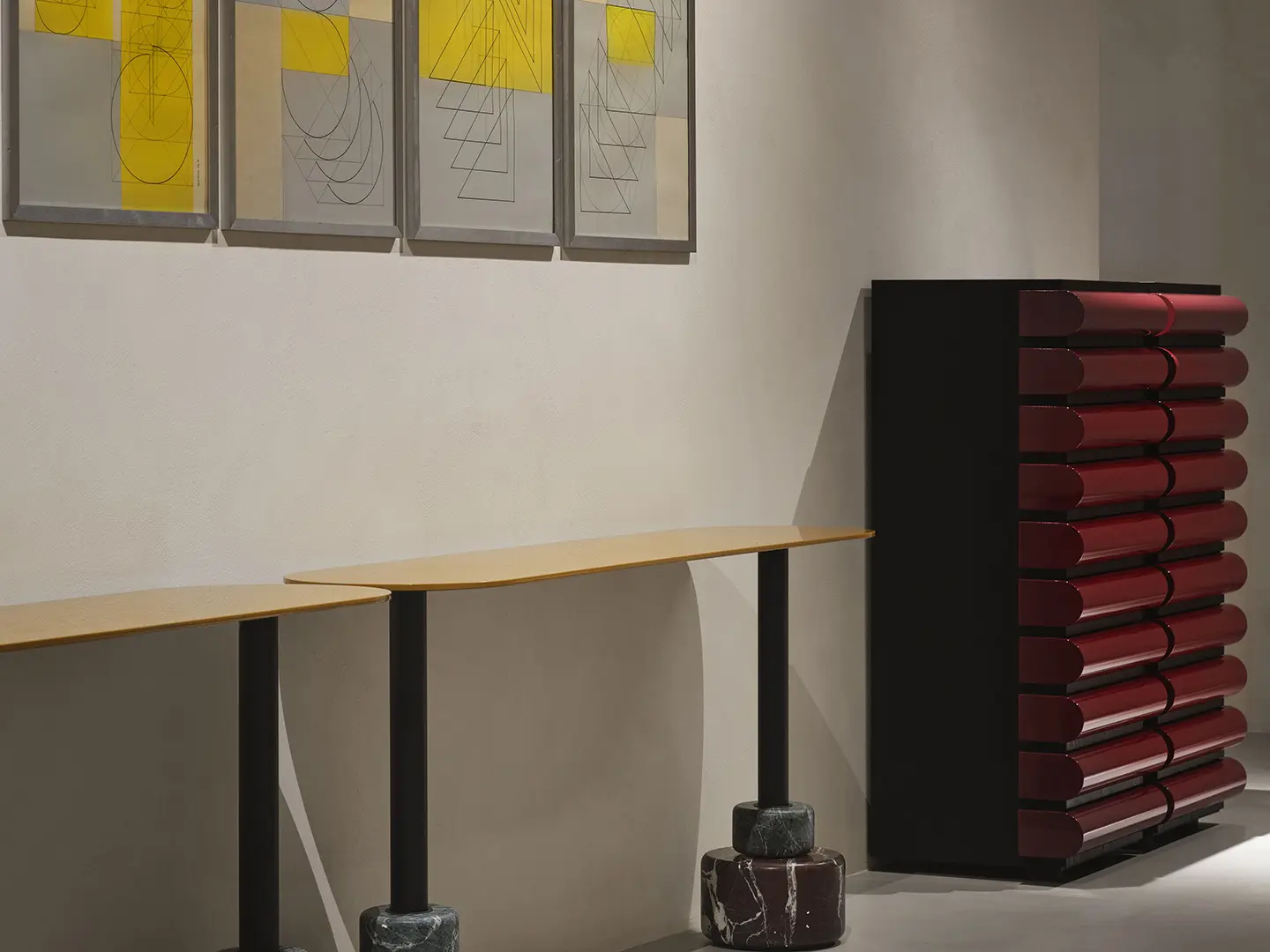
Acerbis Storet by Nanda Vigo, Ph Alberto Strada
“Congratulations Nanda!” Lodovico Acerbis wrote in 1994, in response to the success of the Storet chest of drawers. With its simple vertical structure, yet transgressive, markedly rounded drawers, Vigo’s design reinterprets the classic bedroom piece in an unconventional manner. Francesco Meda and David Lopez Quincoces – the new creative directors for Acerbis – were struck while going through the archives by an object that was “so aesthetically powerful, with huge internal technicality and great functionality” and decided to bring it back into the catalogue with new sophisticated combinations of natural wood and lacquer. The lower version, a four-drawer bedside table, designed by the visionary Milanese architect during the same period, has also gone into production for the first time.
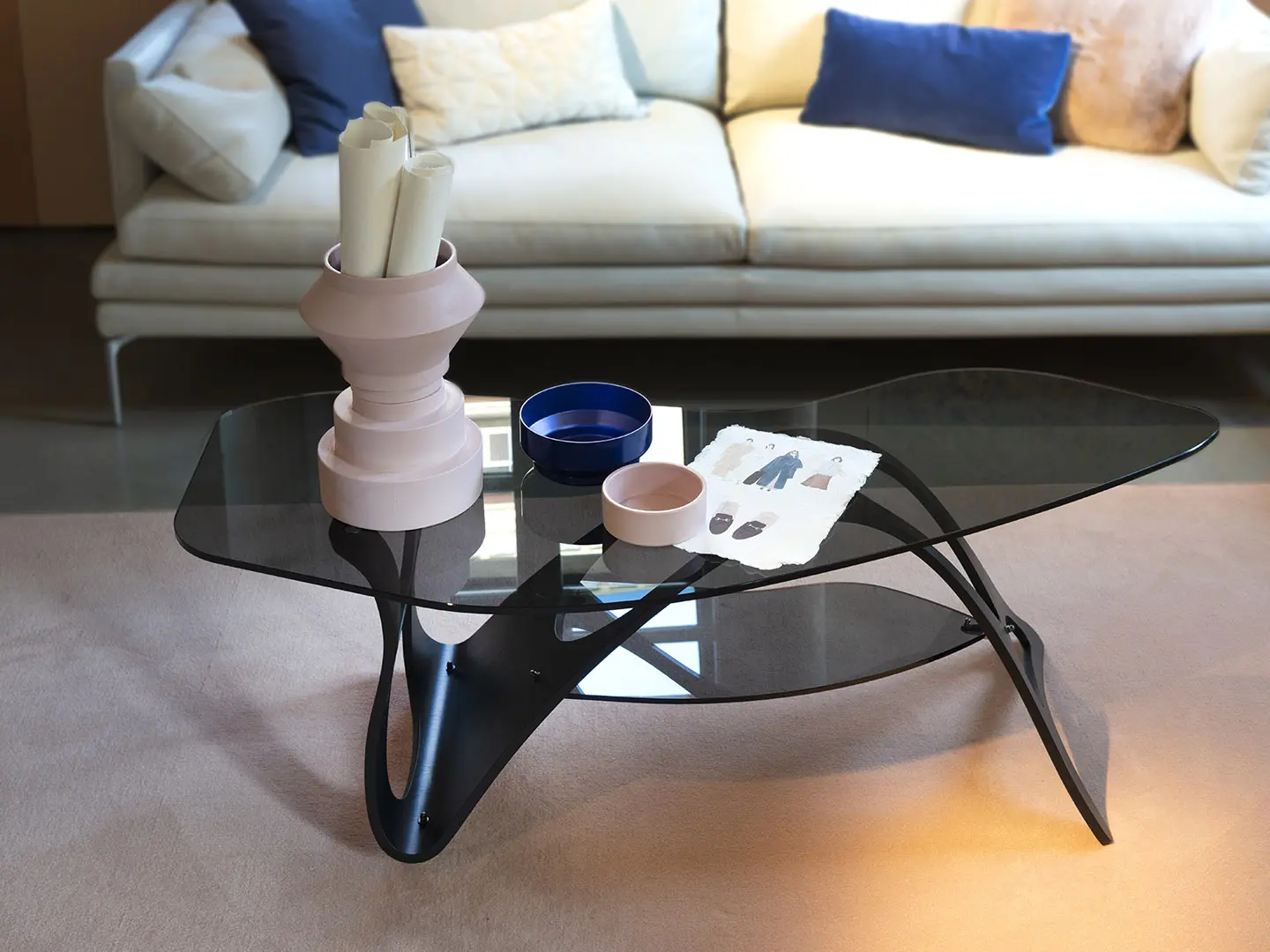
Arabesco, Zanotta
The Arabesco table by Carlo Mollino
Distinguished by the harmonious balance of the sinuous, carved outlines of the frame and the transparency of the tabletop, the Arabesco coffee table, which dates from 1949, is part of the CM collection, Zanotta’s philological revision of material found in the Mollino archive (from which eight domestic objects were retrieved). It’s not just a re-edition, it’s a homage, because the eclectic architect, photographer and twentieth-century Renaissance Man did not design for mass production and the sketches that were found are not working drawings. However, back in 1981, Aurelio Zanotta had already decided to reproduce Mollino’s Fenis alpine chair, encapsulating the master’s unique vocabulary in an industrial object.


 Stories
Stories
